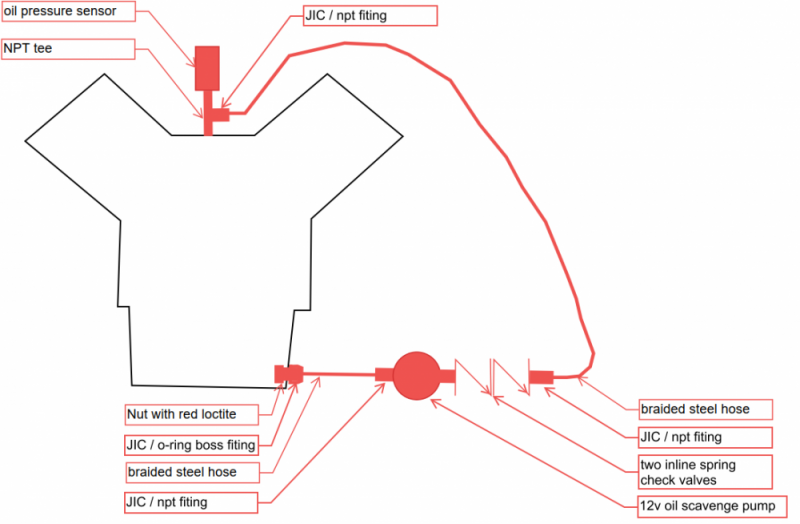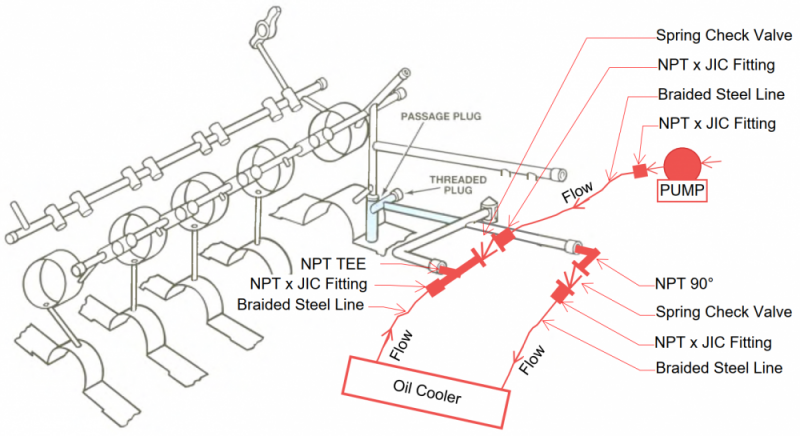For me, the kits have already had the R&D work done and most everything has been proven and the bugs worked out long ago, the initial cost is a drop in the bucket if the total build vs rebuild cost is considered.
If a person spends X amount on a "forever motor" consider a few things, 20yrs from now just what parts will be around to rebuild again, at what cost, who would be around that knows these old motors, etc...
I look at it as cheap insurance for the long term...
@Will L. , your hummer doesn't have 20" anywhere along the frame? The unit I posted doesn't care where it's mounted...
If a person spends X amount on a "forever motor" consider a few things, 20yrs from now just what parts will be around to rebuild again, at what cost, who would be around that knows these old motors, etc...
I look at it as cheap insurance for the long term...
@Will L. , your hummer doesn't have 20" anywhere along the frame? The unit I posted doesn't care where it's mounted...





